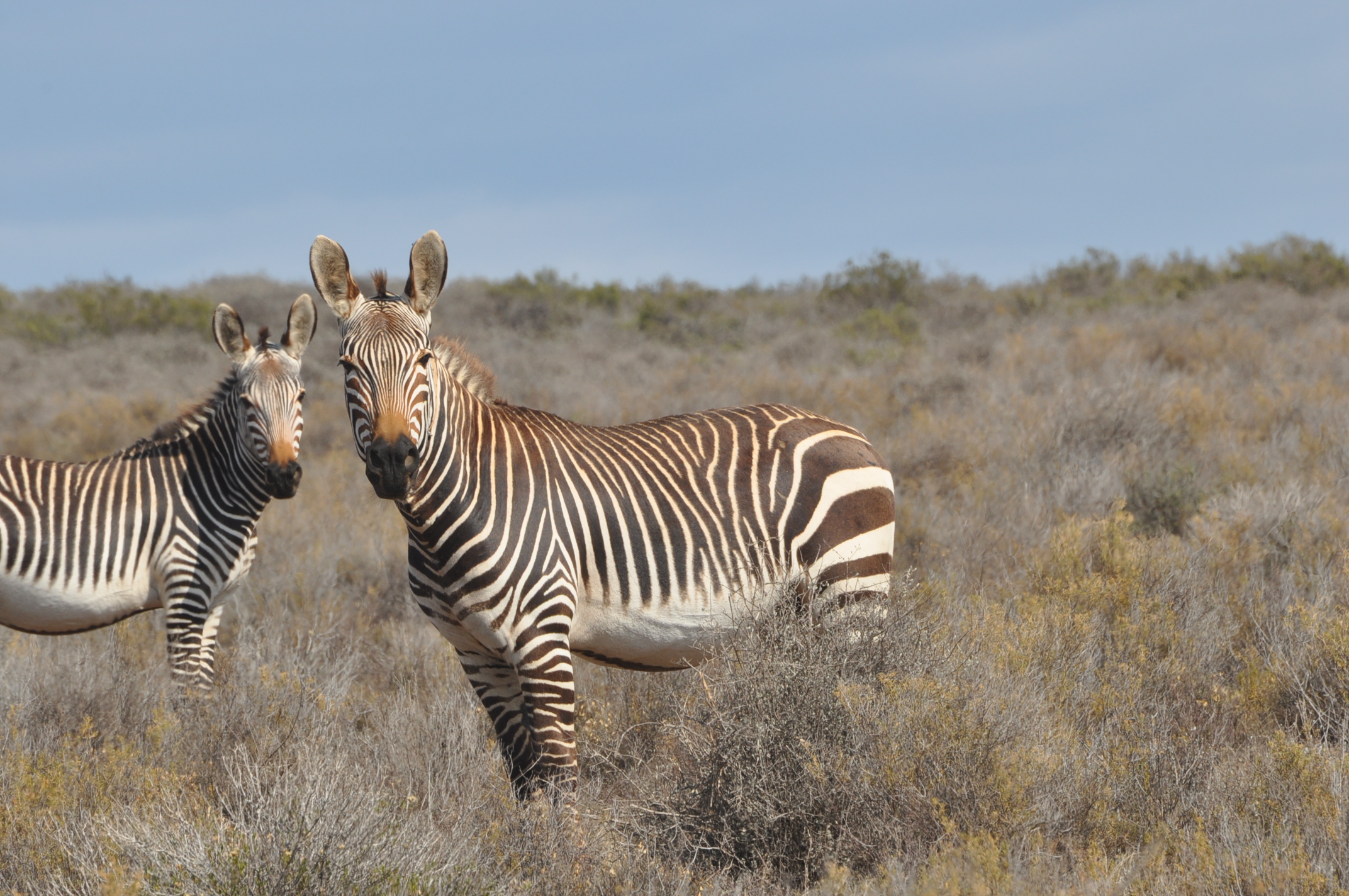Sanbona’s uniqueness lies not only in its sheer size, but also in its approach to conservation. Recreating a landscape, filled with endemic species, which supports life and which, through time and careful management, will recover its ancient magnificence to become once again what the San would have seen in the hard, dry Klein Karoo, is not a fantasy. Welcome to Sanbona Wildlife Reserve.
Historically, protected areas in the Western Cape were located in the least productive parts of the landscape, in scenic, rugged places where the cost of conservation was minimal. Only the productive portions of the landscape were used for agricultural purposes and, for many years, habitat conversion far outpaced conservation. The vision for Sanbona is to create a reserve on land that has been reclaimed and returned to its most natural possible state.
Today, Sanbona Wildlife Reserve bears little resemblance to those original farms. Since 2002, it has undergone an incredible transformation. With a dedicated conservation team that performs methodical and scientific monitoring, there’s an ongoing process of restoring the region’s biodiversity through rehabilitation, restoration and the reintroduction of locally extinct animal species.
Successful reserve management depends on regular data collection using viable methodology that’s easy to replicate. Certain mammal populations, such as lion, cheetah, elephant and Cape mountain zebra, are monitored to gain an understanding of areas like daily spatial use, predator/prey preferences and kill intervals, and the movements of threatened and endangered animals.
Research involves making sense of all the information collected through ongoing monitoring. Some of the research includes: vegetation condition assessment around waterholes; small mammal identification or bioblitz; leopard density and distribution; brown hyena density and distribution; lion, cheetah and elephant spatial and feeding ecology; riverine rabbit habitat; Cape mountain zebra spatial ecology and family group dynamics; and giraffe feeding preference and seasonal movements.
Sanbona tells an important story, one of wildlife, preservation and cultures. Revealing this story builds an awareness for the need to conserve our rare resources for future generations, a heritage in danger of being lost forever.
Reintroduction of animal species

In 2016 a landmark agreement between CapeNature and Sanbona Wildlife Reserve was formed, and a successful re-introduction of a group of Cape Mountain Zebra were translocated onto Sanbona south. In the last century, the species faced extinction and, more recently, natural populations survived in only three conservation areas. The species was listed as vulnerable. By securing this sub-population, Sanbona is contributing to the maintenance of genetic diversity, and as the herd increases, it will reinforce sub-populations elsewhere.
Since their disappearance in the 1800s, Sanbona is now home to the largest freeroaming population in the Western Cape, and the pioneers to their reintroduction to the region in 2003. Historically, elephants would have migrated through the Klein Karoo landscape during wet years, using the valleys and floodplains from the Cape through to the interior mountain ranges and up towards the Great Karoo and what is now called the Garden Route.

Brown hyenas, the rarest of hyenas, are secretive creatures that, along with leopards, have survived in the Klein Karoo longer than other large predators. At the outset, their number within the reserve was unknown although evidence of their existence was found. Extensive research projects and data collection was carried out on the reserve which revealed that the animals were not only scavenging but also hunting for themselves as well.
